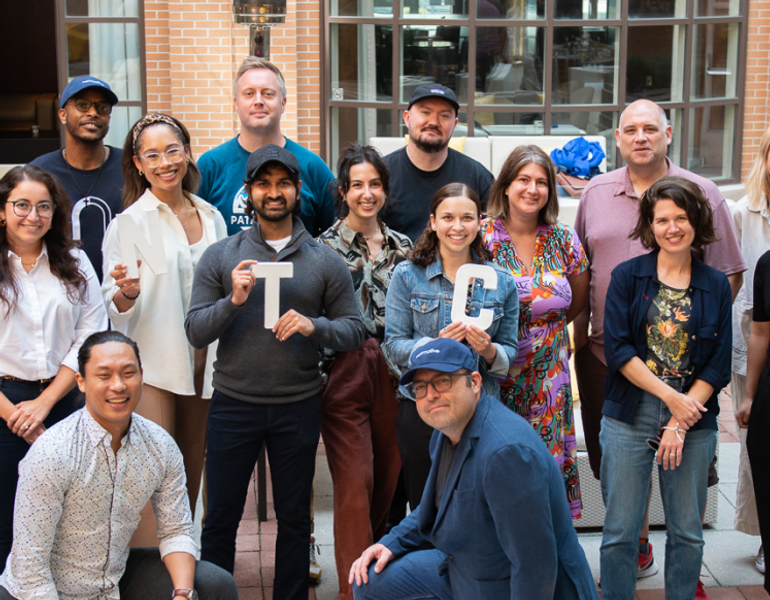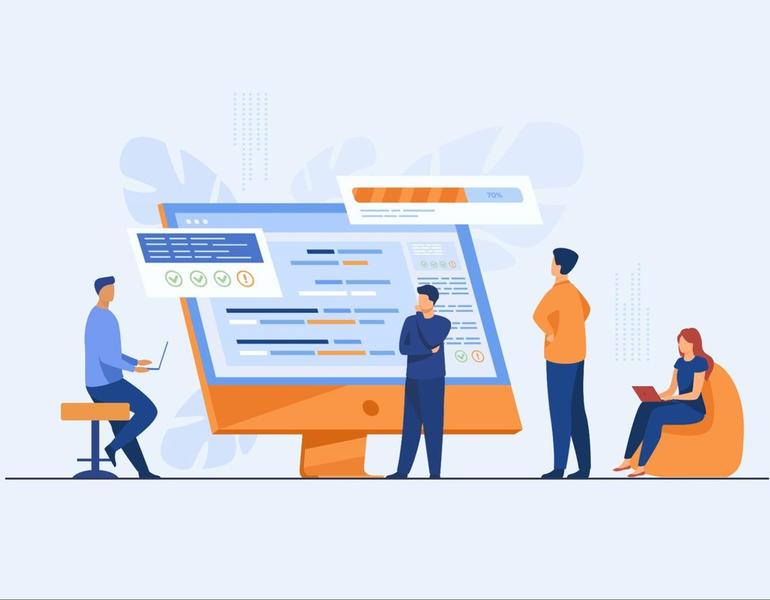Want high quality results? Try a high fidelity prototype
Have you ever wondered why your product team wants to do yet another round of prototype testing? You’re confident in the results, but they aren’t. What do they know that you don’t?
I recently ran a product testing program in Dubai. We needed concrete feedback that gave us confidence in our direction. The details of the test experience were critical, and my criteria for the test environment was very specific. But when I asked for a living room setting I didn’t anticipate that one of the participants would feel so at home that they would kick off their sandals. Social norms aside, this is the type of behaviour that emerges when evaluating a high fidelity prototype, a prototype that feels real.
The room felt real and the prototype felt real, so the behaviour and feedback was also very real.
This is what good product teams intuitively know. Users don’t give the same benefit of the doubt they give to low fidelity prototypes when they are interacting with high fidelity versions — they evaluate them critically against their current context and needs. They start pointing out “bugs” in the prototype when it doesn’t work as expected. And they identify new opportunities for how it would fit into their life that the team can immediately incorporate into an MVP launch.
“High fidelity” is more than functional feature flows. It’s something that gives people a real feel for the product, and gives the product team a glimpse into how people think they should use it. And when the executive leadership gets to see and interact with a high fidelity prototype, the business opportunity truly comes to life and stops being hypothetical.
But it can be difficult for a product team to get the time and resources required for a high fidelity prototype. There may be arguments that it will lengthen the time to market, or that a low fidelity prototype is sufficient to get the needed user feedback before things are locked down for production.
Over the past decade we’ve helped a variety of companies navigate this challenge, identifying what types of prototypes are needed and when to move towards a production and hardening phase. One thing we’ve learned is that staying in an adaptable prototyping, testing and learning mindset for as long as possible often leads to the best results.
What about low fidelity and co-creation activities?
Low fidelity and co-creation sessions are great when the team is exploring opportunities. Because the prototype is obviously not complete, people can feel more free to share riskier out-of-the-box ideas, and they are less constrained by the decisions they can tell have already been made. Users tend to be excited at this phase and can be very effusive.
But the lack of specificity can also mean that gaps are glossed over, or that the feedback is subject to overly positive bias (e.g. people over-estimate their willingness to go to the gym regularly in 6 months and are more accurate about whether they will go to the gym this evening).
What about speed to market & MVPs?
Sometimes the team feels that the time required to get to a high fidelity prototype will take away from getting to the MVP as quickly as possible. But what we’ve found is that often the high fidelity prototype ends up being the MVP that goes into production.
By keeping our mentality as one of prototyping, designing in code, as long as possible, the team maintains the flexibility to adjust if our assumptions are wrong or new opportunities are uncovered. High fidelity prototypes aren’t just nice to have for research, but they are actively helpful for the business to de-risk their product launch.




